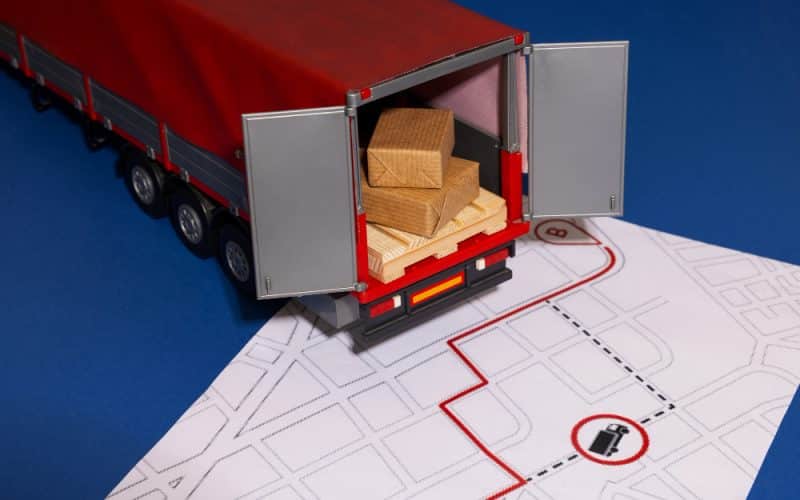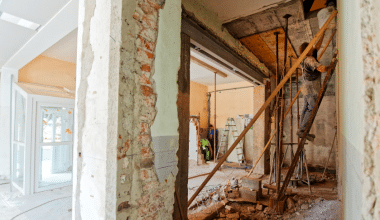Changes in global trade, especially the growing prominence of the digital economy, have impacted the customs process. At some point, the rise of e-commerce was regarded as a curse for customs, which also affected the ease of compliance among businesses that use shipping services. Some organizations encounter hurdles as they deal with different regulations, systems, and processes.
The process of complying with customs requirements may sound straightforward and easy, but the reality is far from it. There are many factors at play. There are challenges, especially with the evolution of international trade and changing government policies. Here’s a brief guide to hurdling different obstacles in customs compliance.
Clarify regulations and requirements
This pointer is a no-brainer but it needs to be emphasized since many still commit the mistake of treating regulations as an accessorial concern. They only try to get acquainted with the requirements, rules, and processes as they are already in the process of shipping their products. The customs clearance process is a vital component of international trade and shipping. It should be one of the first things businesses have to master. It cannot be an afterthought or something relegated entirely to the shipping company.
Different countries have different customs regulations, requirements, and procedures. Some may have similarities, but it is important to pay attention to the possible differences. For example, shipping agricultural products to countries in Southeast Asia can be different when the destination is Australia, as the latter has stricter biosecurity regulations. The inclusion of prohibited items in the container can lead to entry rejection for the entire container if there is suspicion of contamination attributed to a specific item overlooked by the team responsible for the shipment preparation.
It is important to be highly knowledgeable about customs regulations and processes, especially when shipping to a new country with unfamiliar rules and requirements. Mistakes in customs clearance are not only inconvenient, they can entail considerable added expenses or losses. Additionally, do not forget to take free trade agreements (FTA) into account. They can reduce or eliminate customs duties and taxes but there are procedures to follow.
Ensure proper documentation and product classification
Documentation problems are among the leading causes of delays in customs clearance. These include inaccuracies, incomplete information, and inconsistent details. Errors commonly emerge in packing lists, invoices, bills of lading, permits, and certificates of origin. That’s why it is crucial to institute a system to make sure that documentation problems are avoided. It is advisable to have multiple documentation checks or a pair of personnel may be assigned to examine the documents especially when it comes to the quantities, descriptions, and tariff qualifications. Also, it helps to automate and digitize documents to more conveniently check and track them.
On the other hand, it is important to appropriately classify the goods being shipped under the Harmonized System (HS) code to ensure the correct payment of taxes and duties. Wrongly classifying products can result in the underpayment or overpayment of duties; either of which can be troublesome for customs processing. It is also vital to take note of specific documentation standards for specific destinations. For example, shipments to Brazil need to follow the Mercosur Common Nomenclature (NCM). Failing to implement the standard can create unnecessary delays and inefficiencies.
Maintain honesty and transparency
It is better to assume that customs authorities will always enforce all application regulations and requirements and that they are unlikely to compromise. While there may be some anecdotal accounts of encountering customs officials who show a lack of thoroughness during inspections or leniency in applying rules, it is advisable to anticipate rigorous inspections and rule implementation. Hence, honesty and transparency are a must. Avoid any attempts to undervalue or mis-declare products, conceal or disguise prohibited items, and hide errors in the paperwork.
If there are issues that have been belatedly discovered, it is better to discuss them with the officials than to wait for them to discover the problem and delay the clearance process indefinitely. Rectifications or issue resolution can be dispatched faster if businesses are upfront about their concerns, documentary problems in particular. A mindset of cooperating with customs officials fully is not only the ethical thing to do; it also helps build rapport which makes processes seamless and pleasant.
Manage risks and issues proactively
International trade and shipping will always come with risks and problems such as shipment delays, compliance issues, seizures, and problems with customs audits and inspections. It would be an extreme rarity to find businesses that never encountered customs clearance risks and issues. As such, it is prudent to come up with contingency plans in case untoward incidents happen.
For starters, supply chains should always account for the possibility of shipment schedules. Port congestion, documentary errors, and issues discovered upon inspection cannot be fully eliminated. These should be anticipated and reflected in the scheduling of the movement of goods.
Take advantage of modern tech
The customs clearance process can benefit from various technologies to avoid various pitfalls. Digitizing records, for starters, makes it easy to oversee all records and ensure their accuracy and consistency. There are also IoT devices that simplify the monitoring of product movements and inventory levels. It is important for modern businesses to elevate their IT resources instead of getting stuck with using computers for record-keeping and some online communications.
Various modern technologies can make customs compliance faster and easier. Also, many customs authorities are leveraging modern technologies to boost their efficiency. Businesses that fail to embrace new technologies could be causing their own delays as they interact with customs authorities that have electronic filing and clearance systems. It is advisable to get acquainted with and use customs clearance software and automation tools to accelerate processes and reduce the risks of human error.
In conclusion, the customs clearance process can be rife with pitfalls in terms of regulatory compliance, documentation and classification issues, risks and unexpected circumstances, and misrepresentations. These are not unavoidable, though. There are ways to get around these challenges and expedite processes while avoiding issues and serious encumbrances at the ports.






